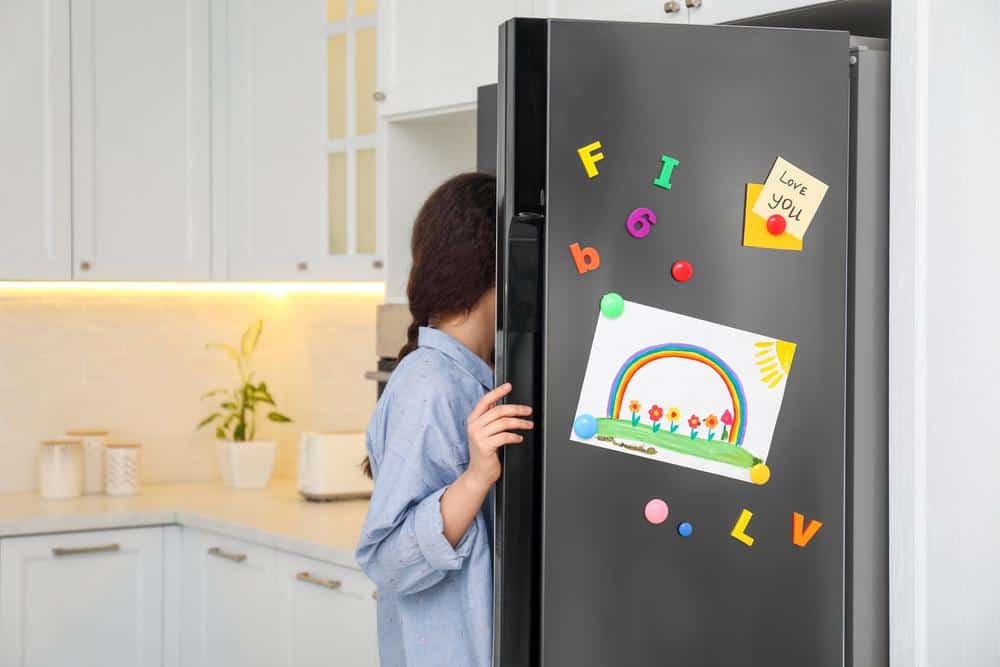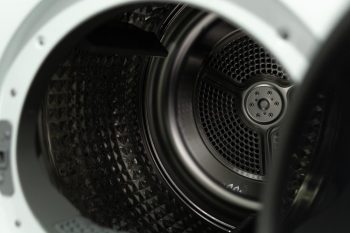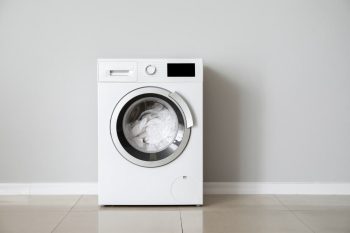
A refrigerator is a vital appliance in every household, but like any other electrical device, it can sometimes face issues. One such problem is a faulty refrigerator start relay. This component is crucial in jump-starting the compressor, the part of the refrigerator responsible for maintaining the desired temperature.
In this guide, we will delve into the details of how to test a refrigerator start relay using a multimeter. But before we get into the testing process, let’s understand what a start relay is and why it’s essential.
To test a refrigerator start relay with a multimeter, first disconnect the refrigerator from the power source. Locate and remove the start relay, typically found near the compressor at the back of the refrigerator. Set your multimeter to read resistance in ohms (Ω). Insert one multimeter probe into each of the terminals on the relay and wait for about 5-10 seconds to get a reading. If the reading is between 0-1 Ω, the relay is in good condition. If the reading is over 1 Ω or shows “OL” (open circuit), the relay may be faulty and needs to be replaced.
Understanding the Start Relay
The start relay is a device that helps initiate the operation of the compressor. It’s responsible for supplying energy to the compressor unit, enabling the automatic starting of a single-phase split-phase induction motor. When the refrigerator is in its cooling cycle, it goes on and off to maintain the ideal temperature inside the cabinet.
However, when the start relay malfunctions, it can lead to several issues, the most common being the refrigerator not cooling properly. You might also hear a clicking noise coming from the relay or notice a rattling sound when you shake your fridge. If you observe any of these signs, it’s time to test your start relay.
The Multimeter: A Handy Testing Tool
A multimeter is a versatile tool that measures various electrical properties such as voltage, resistance, and current. When set to measure resistance (Ohms), it can be used to test the continuity of a start relay.
How to Test the Start Relay
Now that we know what a start relay is and how a multimeter works, let’s move on to the testing process. Remember, safety is paramount when dealing with electrical appliances. Always disconnect the refrigerator from the power source before you begin.
Step 1: Locate and remove the start relay
The start relay is typically found near the compressor at the back of the refrigerator. It may be covered by a protective panel that you’ll need to remove. Once you’ve located the start relay, carefully disconnect the wires connected to it and pull it off the compressor.
Step 2: Set up the multimeter
Set your multimeter to read resistance in ohms (Ω).
Step 3: Test the start relay
Insert one multimeter probe into each of the terminals on the relay. Wait for about 5-10 seconds to get a good reading. If the relay is in good condition, you should get a reading between 0-1 Ω. If the reading is over 1 Ω or shows “OL” (open circuit), the relay may not be working properly and needs to be replaced.
Replacing a Faulty Start Relay
If the start relay is found to be defective, you need to replace it. The model of the relay can usually be found on the side of the relay itself. Make sure to purchase a compatible start relay to avoid further issues.
Once you have the new start relay, connect it to the compressor terminals and reattach the wires. After the new start relay is installed, reconnect the refrigerator to the power source and check if it’s functioning correctly.
Conclusion
Testing a refrigerator start relay with a multimeter is a straightforward process that can save you time and money on unnecessary technician calls. However, if you’re unsure about any aspect of the testing or replacement process, it’s always best to consult a professional.
Remember, regular maintenance and checks can go a long way in extending the lifespan of your refrigerator. So, keep your multimeter ready and ensure your refrigerator stays cool and efficient.
Frequently Asked Questions
What safety measures should I take when testing a refrigerator start relay with a multimeter?
Always disconnect the refrigerator from the power source before starting the testing process. Wear protective gear, such as rubber gloves and safety glasses, to avoid any potential electrical shocks or injuries.
What should I do if the multimeter reading is between 1 Ω and “OL”?
If the multimeter reading is between 1 Ω and “OL”, it means that the start relay is not functioning correctly and needs to be replaced. Make sure to purchase a compatible start relay for your refrigerator model.
How often should I check the start relay of my refrigerator?
The start relay doesn’t need to be checked regularly, but it’s a good idea to test it if you notice any signs of malfunction, such as the refrigerator not cooling properly or making unusual noises.
Can a faulty start relay damage the compressor?
Yes, a faulty start relay can potentially damage the compressor. The relay is responsible for supplying power to the compressor. If it malfunctions, it might cause the compressor to overwork, leading to its eventual failure.
Can I replace the start relay myself, or should I call a technician?
Replacing a start relay is a fairly simple task that you can do yourself. However, if you’re unsure about any aspect of the replacement process, it’s always best to call a professional to avoid causing further damage to your refrigerator.












